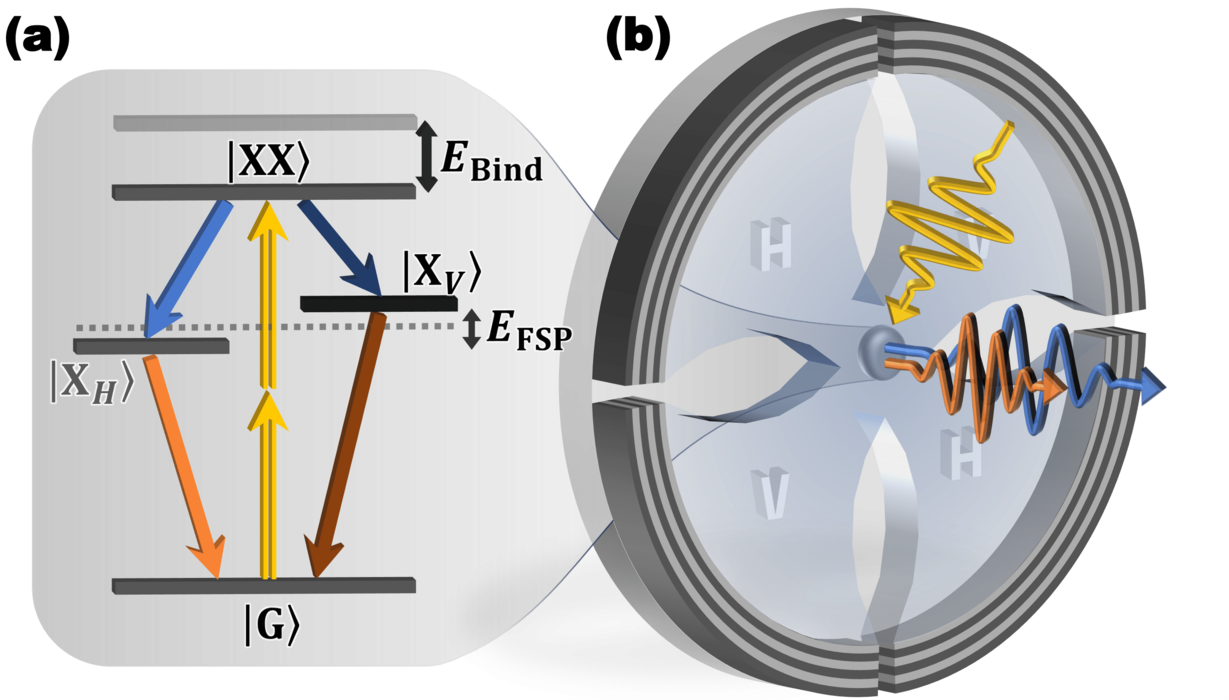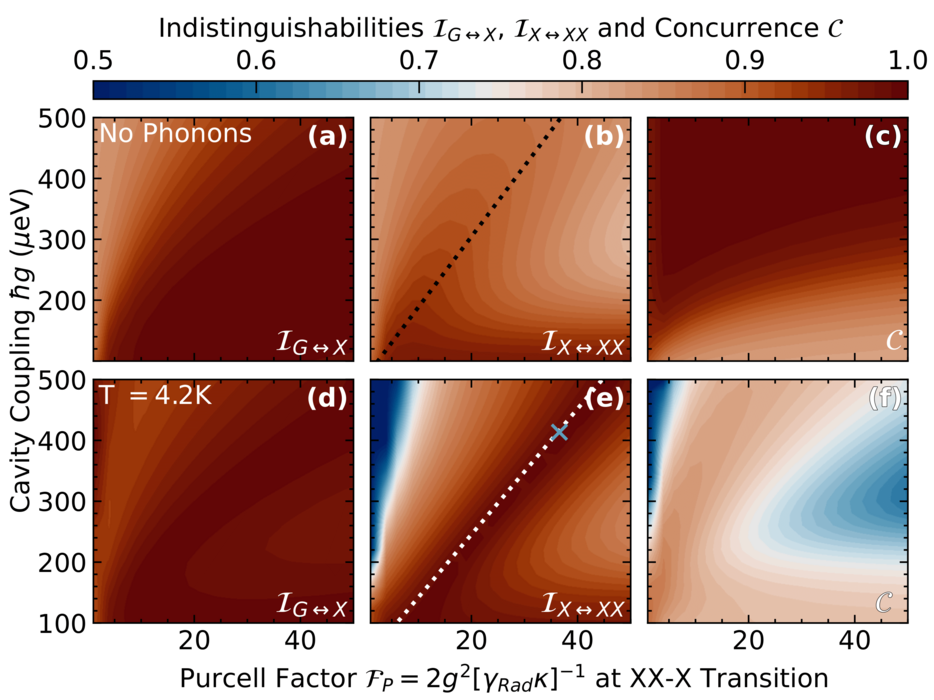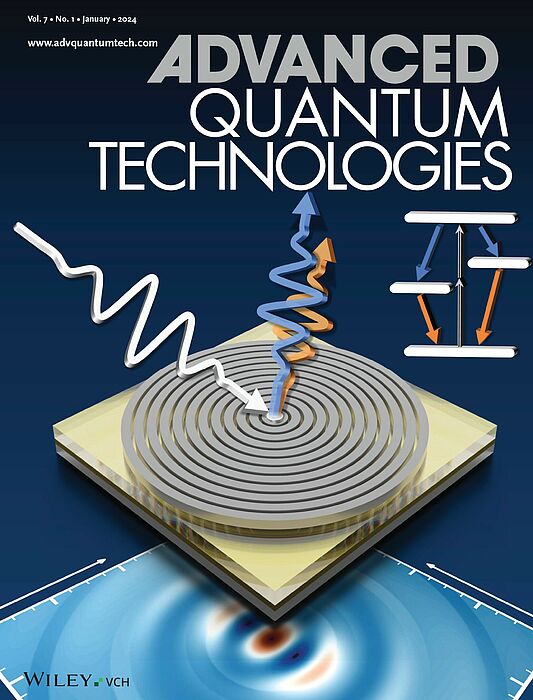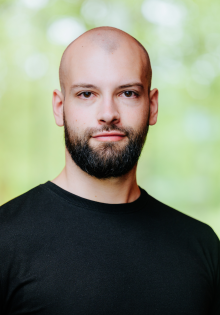Quantum emitters that produce both indistinguishable and polarization-entangled photons are essential prerequisites for photon-based quantum information processing.
Bauch et al. investigate the cavity-assisted generation of highly indistinguishable and at the same time entangled photon pairs from semiconductor quantum dots. The authors combine Maxwell simulations of the optical resonator with quantum simulations of the quantum dot and find optimal design strategies and parameters for the implementation of such emitter devices for quantum information technologies.
While the degenerate two-photon emission from a biexciton offers high polarization entanglement but low indistinguishability, single photons from the biexciton-exciton-ground cascade usually exhibit the opposite characteristics, primarily due to the biexciton-exciton lifetime ratio.
Addressing this challenge involves artificially reducing the biexciton's lifetime. In this study, the authors achieve this reduction by introducing a circular Bragg grating cavity into the system, thereby Purcell enhancing the biexciton-exciton transition and consequently decreasing the biexciton's lifetime.
The cavity is optimized through Maxwell simulations, and the quantum properties of the emitted photons are simulated using a comprehensive quantum mechanical description. The resulting photons exhibit high indistinguishability while retaining a high degree of polarization entanglement.
Link to the publication: https://doi.org/10.1002/qute.202300142





